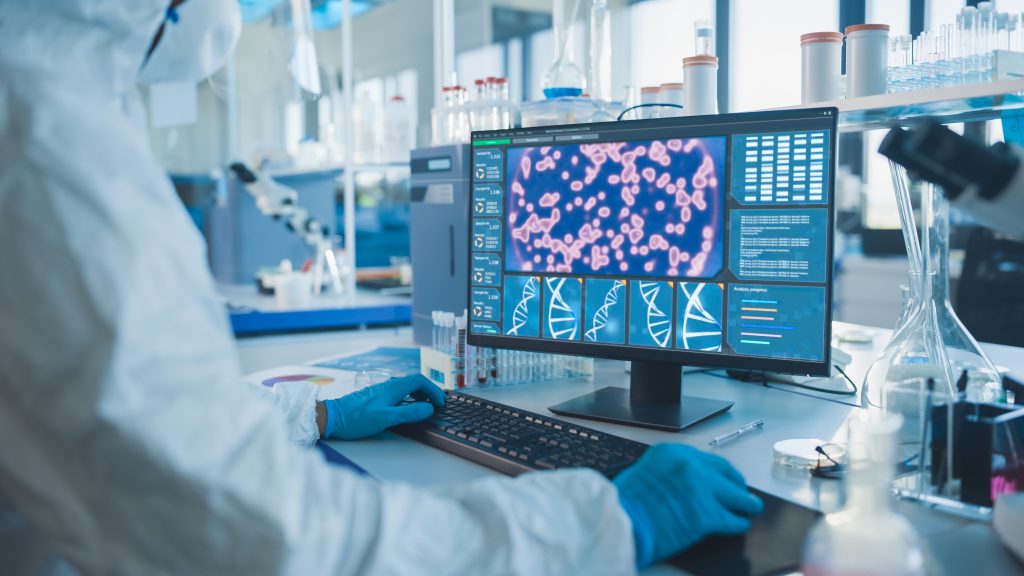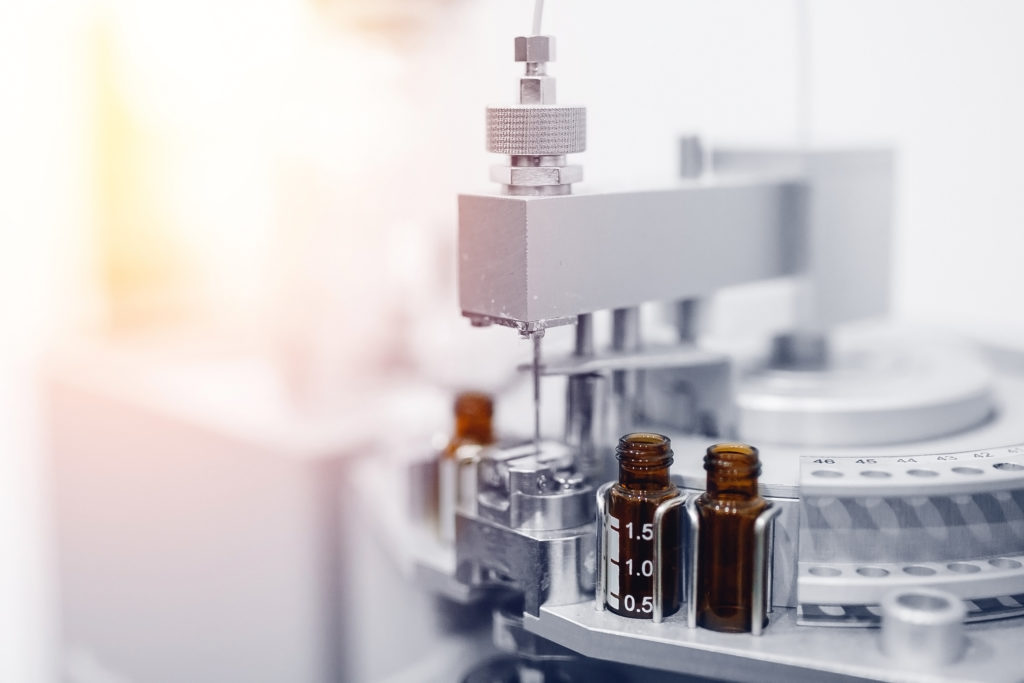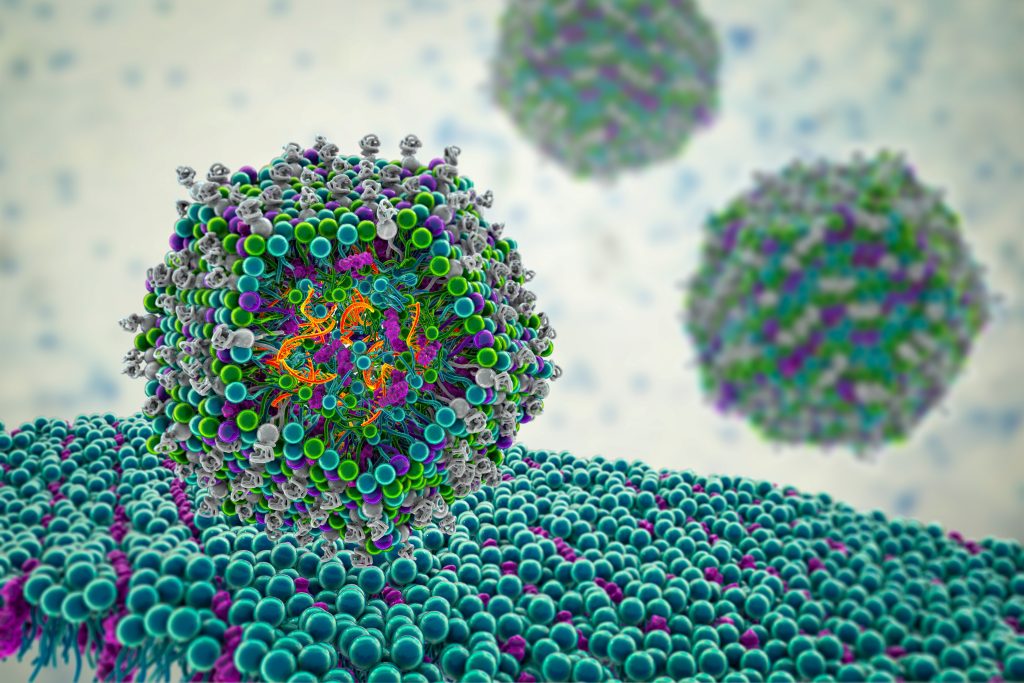Perhaps more often than you might expect, chemistry plays a key role in the technological advancement of our modern society. Today, chemical products and processes actuate innovation across a highly diverse range of industries, from electronics and digital, to sports, automotive, fashion and pharmaceutical. Similarly, emerging technologies developed in other fields have the potential to accelerate, and in fact fundamentally alter the way in which chemical research and development is carried out.
Over a series of two articles, we consider the ways in which cross-sector collaborations are impacting modern society, in addition to the implications of these collaborations in relation to an intellectual property (IP) strategy. In this first article, we look at a number of innovations reliant on chemical products and processes, considering the ways in which chemistry has facilitated innovation in other industries. In our second article ‘Chemistry and Modern Innovation: Part 2’, we assess how chemical innovation itself can be advanced using technologies developed in other fields to facilitate the development of research and production capabilities.
Chemistry of Electronics
Nowhere is chemical innovation demonstrated better than in electronic devices such as laptops, computers and phones. The screens of these devices are reliant upon synthetic glass-ceramic, its crystalline structure providing the essential heat resistance and toughness required for when the devices are inevitably dropped. Moreover, the technology behind the touchscreens utilised in laptops, computers and phones is rooted in chemistry, with both resistive and capacitive touchscreens requiring conductive substrates and many of the vivid colours displayed on the device screens created by rare-earth metals.
Electrically conductive paint further demonstrates the contribution of chemistry to the electronics industry. Formed from an ink composition including conductive materials, the paint enables wires and sensors to be created on almost any material, even facilitating the creation of light switches on walls without the need for sockets, cables or wiring. The creative opportunities provided by this material alone are potentially extensive.
Wearable Technology
Advanced wearables currently constitute one of the largest consumer trends in the sports, healthcare and fashion industries. The properties of the smart material graphene, including its 2D nature and status as the thinnest substance able to conduct electricity, have made it a crucial component of this technology. In recent advances, graphene coated with semiconducting nanoparticles has been shown to provide flexible, transparent devices that detect light transmitted through the tissue of a user to monitor vitals such as blood flow, heart rate, rate of respiration and oxygen content of the blood. It is considered that such developments will pave the way to the use of other 2D materials in wearable technology, whilst collaboration with the electronics industry will be crucial in establishing viable long-term, continuous communication between the wearable flexible sensors and user-friendly electronic readers.
Polymers for Coating and Camouflage
Scientists are also using polymers to mimic the colour-changing abilities of nature. This research is based upon the principle of structural colouration (the production of colour by microscopic structures of a surface upon interference with visible light). For example, a peacock’s tail feathers are actually pigmented brown but appear blue and green to the naked eye. In addition, other animals, such as cephalopods utilise the same concept in a variable manner for camouflage and signalling. Scientists have successfully used cholesteric liquid-crystalline (CLC) polymers to mimic these colour-change abilities, with the view to potentially developing products for industrial, commercial and even military use, such as in smart decorations, camouflage textiles and improved anti-counterfeiting measures.
Intellectual Property Implications
As demonstrated above, there are already a number of innovative technologies that have arisen as a result of successful collaboration between the chemical and other technical fields, and it is certainly likely that this will continue in the future in light of society’s wants. It is therefore important that collaborating businesses using chemistry when developing, for example, new and improved smartphones, or the latest graphene-based technology, consider the intellectual property implications in view of the combination of components from both chemical and other technical fields.
This crossover between businesses in different industry sectors means that the origins of the elements essential to the innovation need to be kept in mind. In order to prevent entitlement issues later down the line, it is crucial that the collaborating businesses have agreements in place regarding IP to ensure that any protection is filed in the correct name. In addition, when there are components from different chemical and technical fields in an innovation, it is important to consider if these can be protected as individual entities, as well as within the final product or process as a whole.
Cross-sector collaborations also raise interesting questions regarding the geographical scope of protection required. Businesses and the inventors working and collaborating to form innovations may be based in different countries. Accordingly, considerations must be made in terms of IP filing strategy of the collaborating businesses, keeping in mind the often divergent requirements for IP protection in different countries, any imports or exports that may be necessary, and the global distribution requirements of the businesses themselves.
In our second article ‘Chemistry and Modern Innovation: Part 2’, we will examine the ways in which other technical industries are changing the process of chemical innovation, and the additional intellectual property considerations facing contributors to these innovative collaborations.
See here for more information on GJE’s Chemistry team and how they can help protect your innovation.


